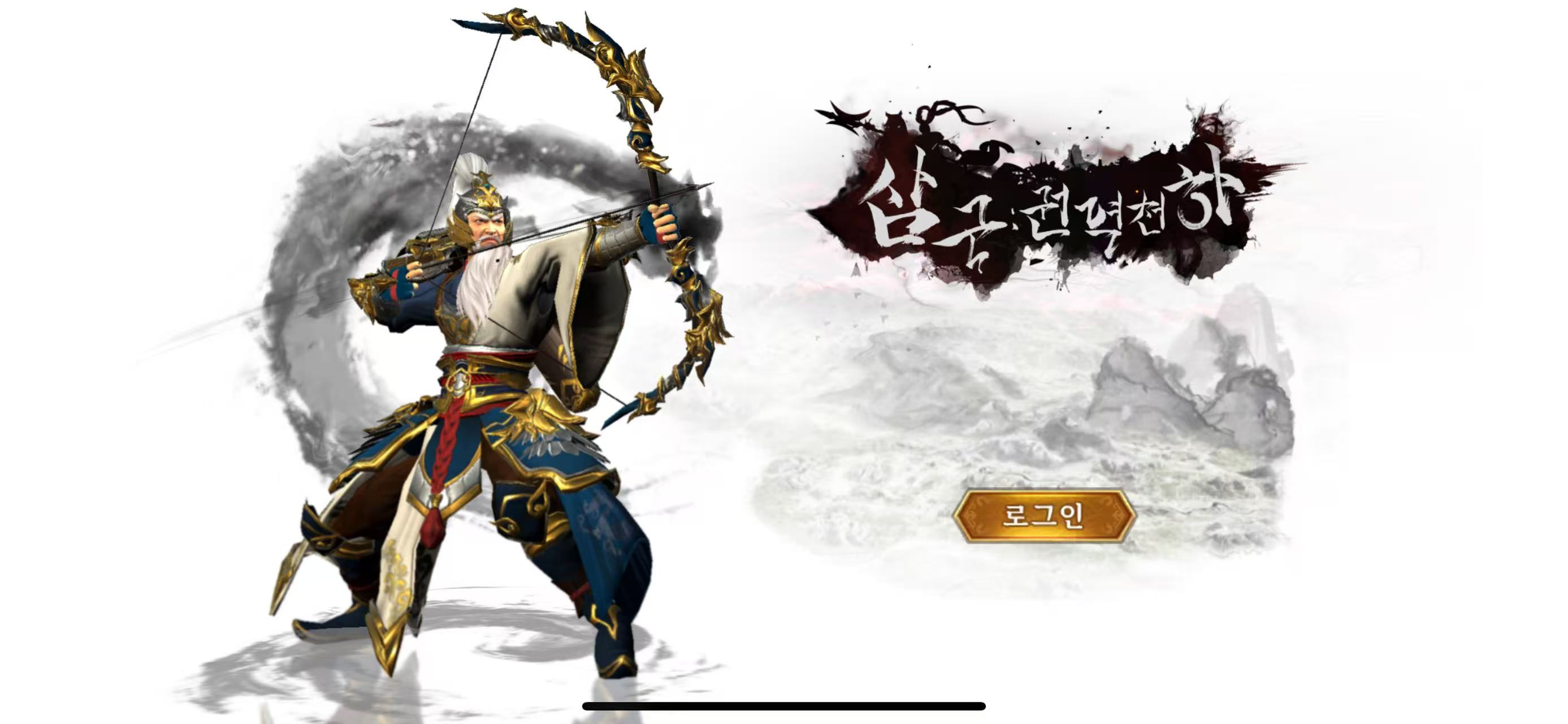Open World Meets Tower Defense: A New Era in 2024 Gaming
The fusion of open world games and tower defense games has finally taken center stage in 2024, delivering a fresh blend of freedom and strategy. No longer confined to linear maps or static grids, players now explore expansive terrains where the enemy could come from any direction, terrain matters, and resource gathering means scouting through dynamic biomes. This evolution marks a shift in how players interact with strategy-based gameplay, transforming traditional TD formulas into rich, narrative-driven adventures with exploration at their core.
But while the spotlight shines on this hybrid trend, the wider gaming ecosystem hasn't stood still. Franchises like EA Sports FC 25 keep drawing millions with annual roster refreshes — did you know this year includes 24 new women’s league clubs? Meanwhile, niche genres like dating RPG games are expanding into more diverse storytelling. Still, nothing captures 2024’s ambition quite like combining massive worlds with tactical fortification.
What Makes Open World Tower Defense So Unique?
Traditional tower defense games often lock you into a fixed path or arena. Wave after wave comes predictably. The real skill is optimizing placements. But what happens when you remove the boundaries? Open world TD flips the script: enemies attack dynamically from any edge of the map. Wind direction affects flaming projectiles. Weather changes alter terrain passability. This adds layers of unpredictability — not just for placement, but for scouting and survival itself.
Take *Fortress Nomads: Wild Expanse* as a prime example. You roam a fractured continent on a mobile fortress, building towers from scavenged parts. Each region introduces new enemy archetypes and natural obstacles. You can’t just “camp"; exploration becomes key to finding rare materials. And when blizzards roll in? Frostbite slows your turrets. It’s immersive. It’s punishing. And it’s brilliant.
Top 5 Open World x Tower Defense Hybrid Games in 2024
Below is a curated list of titles reshaping how we experience tower defense through expansive, non-linear environments:
- TerraWall: Shattered Lands – Defend a collapsing continent with biome-specific tower synergies.
- Frostwatch Legends – Dynamic snow drifts physically block fire towers. Requires active terrain management.
- Rift Bastion Online – Multiplayer open world mode. Form squads to hold floating islands against airborne swarms.
- Jungle Rampart VR – Use hand gestures in VR to construct defenses in deep rainforest zones. Real climbing mechanics.
- Outzone Siegecraft – Combines rogue-lite exploration with base persistence. Die and lose one tower type. Choose wisely.
Diversity in Design: How Mechanics Evolve
These hybrids aren't copying each other — they're innovating. Gone is the single victory path. Some force resource scarcity; others implement AI-driven invasion routes that adapt to player patterns. One underrated title, *Circuit Breakers*, introduces modular defense tiles that must physically connect. If your signal tower drops offline, your missile silo fails. Entire supply chain thinking enters the space — like engineering warfare.
The most successful ones balance creativity with pacing. They don't throw mechanics blindly. Instead, new systems unlock through exploration — a journal mechanic might reveal enemy spawn points, but only after visiting an old radio tower deep in the swamp.
| Game Title | Map Size | Defense Types | Dynamism |
|---|---|---|---|
| TerraWall: Shattered Lands | 210 km² | 7 | Weather, erosion, wildlife |
| Frostwatch Legends | 145 km² | 6 (upgrade trees) | Snow accumulation & melt |
| Rift Bastion Online | Infinite procedural | 10 (shared roles) | Player-triggered events |
| Jungle Rampart VR | 80 km² | 4 adaptive towers | Vine spread blocks vision |
EA Sports FC 25 and the Parallel of Strategy Evolution
You might ask — what does football have to do with towers? A surprising amount. Just look at the strategic overhaul in EA Sports FC 25 teams list. This year introduced “fluid formations" that adapt mid-match based on opponent behavior. AI adjusts pressure, positioning changes based on ball possession flow — sound familiar?
It’s the same design philosophy. Predictability fails. Rigidity collapses under stress. Modern games demand situational thinking. Open world TD borrows this principle. Enemy waves in *Frostwatch Legends* shift formations based on your most used tower type. Over-rely on snipers? They deploy flanking scouts with cloaks. Overuse cannons? Airdrops target weak flanks. The balance is delicate — and addictive.
Dating RPG Games: An Unexpected Influence
Seriously, romance simulators influencing tower defense? Bear with me. The rise of dating RPG games like *Love Circuit Redux* or *Nova Hearts* has shown how emotional investment boosts retention. Now, developers are using narrative attachment in open world TD titles to strengthen player bonds.
In *Outzone Siegecraft*, one subplot involves rescuing an engineer whose sister is trapped behind enemy lines. Saving her unlocks cryo-beam turrets. The twist? You need a resource only found in a toxic zone — risky to reach, possibly not even worth it, yet you might go. Why? Because the story tugged.
It’s psychological depth injected into what used to be mechanical gameplay. Now failure feels tragic. Progress feels meaningful.
Hardware and VR Compatibility: Who Can Play?
Let’s be honest — not all systems can handle 200km² open maps loaded with AI behaviors. But most 2024 hybrid games feature smart scalability. *Jungle Rampart VR* runs fine on mid-tier headsets via cloud streaming. Others use “region load" tech — only your vicinity and predicted attack paths render in full detail.
PC remains ideal. Minimum recommended setup:
- GPU: RTX 3060 or RX 6700 XT
- CPU: Intel i5-12400F or AMD Ryzen 5 5600X
- RAM: 16GB DDR4 (32GB ideal)
- VR support: Meta Quest 3, Valve Index, PSVR2
Most also allow input mixtures — keyboard + controller. A few (like *Rift Bastion*) support touch interfaces on tablets, perfect for on-the-go tower repositioning.
The Role of Procedural Generation
This is where 2024 gets exciting. Instead of scripted maps, games now rely on advanced procedural engines to generate unique terrains, weather patterns, resource clusters, and even ancient ruins that grant special towers.
Example: *TerraWall’s* “Echo Zone" uses Perlin noise and tectonic simulation algorithms to produce fault lines, lava tubes, or unstable marshes that change gameplay dramatically. Crossing such zones might grant hidden upgrades — or trigger unexpected boss rushes.
The result? True replayability. No two campaign runs play the same. Some players report 200+ hours with fresh surprises even after a dozen playthroughs. That's not just content volume — it's design maturity.
User Creations and Community Mode
Many of these titles have thriving user mod scenes. Platforms like *Rift Bastion Online* allow players to publish custom maps with unique rules. One fan-made map forces players to defend using only sound-activated turrets. Can’t use visual cues. Only audio pings tell when to shoot. It sounds impossible. It’s thrilling.
Another, *Fortress of Echoes*, has a popular co-op event where 16 players drop into a shrinking hazard zone, each protecting their own base but sharing early-warning radar data. It blends PvP tension with shared tower economy management — trust erodes fast when supplies dwindle.
The line between player and developer blurs here — in the best way possible.
What to Expect Next? The 2025 Forecast
Rumor has it several major studios are prototyping AI-directed defense narratives — where towers "learn" from player choices. One experimental mode tracks how you prioritize threat types. After a few rounds, your flamethrowers start auto-adjusting angles to match your common blind spots.
Crazier idea: real-time geolocation-based attacks in AR. Imagine using *Jungle Rampart VR* in a city park, your defenses tied to tree density and footpaths. Enemies spawn along jogging trails. Friends could drop in as reinforcement — if they have the in-game passcode.
And yeah — someone’s testing dating RPG games inside tower defense frameworks. Imagine defending a village with your love interest, where your bond strength modifies tower synergy stats. Low affinity? Missed shots. High trust? Linked damage pulses.
Out there? Maybe. Coming? Possibly sooner than we think.
Key Takeaways: Why This Hybrid Genre Matters
Let’s sum it up. The merger of open world games with tower defense games is not a gimmick — it’s a legitimate evolution:
Key points:
- Freedom + strategy creates deeper immersion.
- Narrative elements from genres like dating RPGs enhance emotional investment.
- EA Sports FC 25 teams list dynamics mirror the adaptive enemy AI in new TD hybrids.
- Procedural systems allow for endless variation and replayability.
- Community-built maps and shared modes add sustainability.
- Modern hardware makes large-scale experiences accessible beyond high-end rigs.
Final Thoughts: Where Innovation Leads in 2024
Is this niche? Today, maybe. But the trends are undeniable. Open world TD titles deliver something rare: calm planning followed by frantic action, all within landscapes that breathe and change. They borrow from football AI. They steal romance from RPGs. They use terrain like survival simulators.
If you're a Georgian gamer (or anyone with a decent GPU and restless curiosity), now’s the time to dive in. Don't wait for the "next-gen" tag. The generation is already here — expansive, unpredictable, and utterly engrossing.
And who knows. That tower you place tonight to block the lava flow? Might be powered by a mechanic first tested in a football game's passing algorithm. Or inspired by a virtual date gone right.
The future’s not just coming. It’s building itself.



